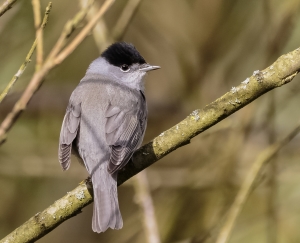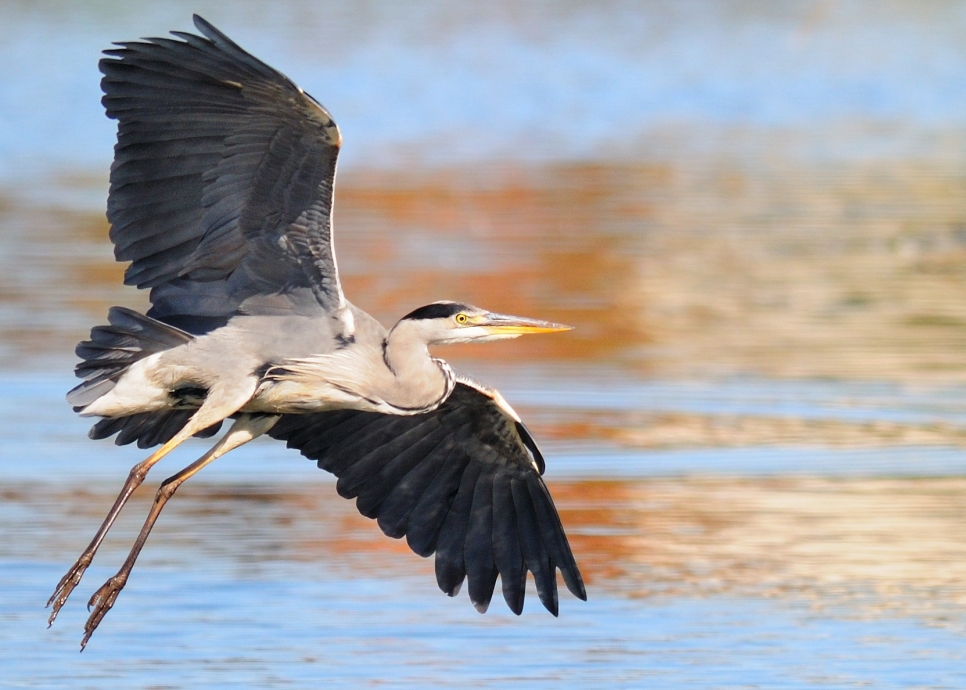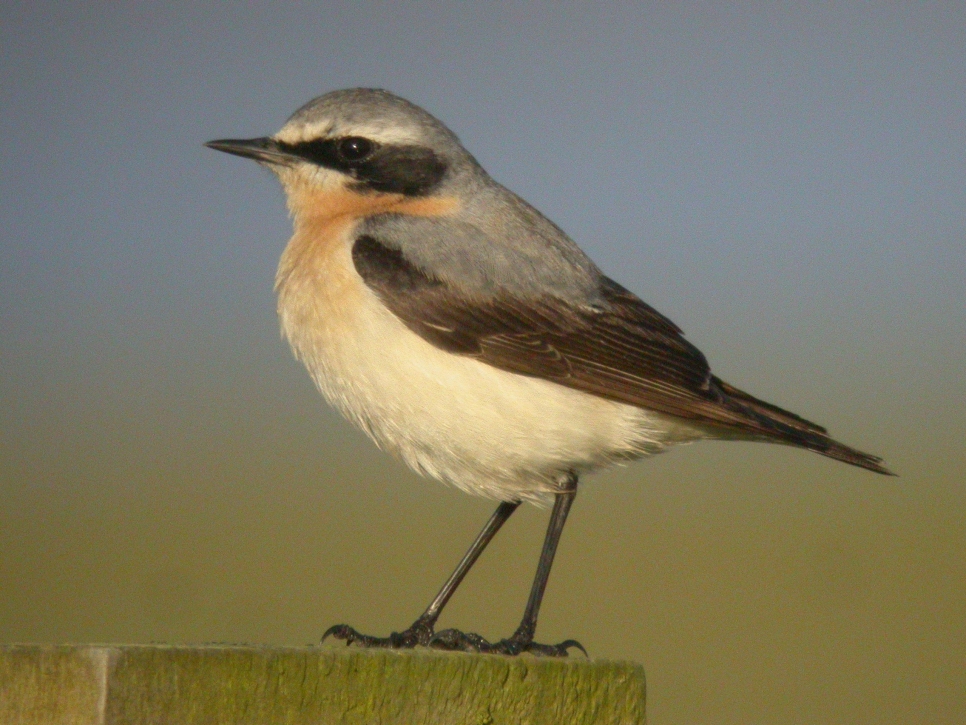Latest Sightings
The blue flash of a kingfisher was seen darting along the sluice in front of Ron Barker this morning.
Numbers of whooper swans continue to slowly build, with our latest count at 426. You can tell apart the newer arrivals from the ones who have been here for longer by the orange stains on the new arrivals heads and chests. This is residue from the iron rich soils of Iceland, which they were foraging on so recently that it hasn’t washed off. We think our numbers of wintering wildfowl are lower than previous years because of the abnormally warm weather, meaning they haven’t been pushed South or West by snow and ice yet. Let’s hope for a cold snap and a swan fall. Last weeks bewicks swan hasn't been seen since but two more have been spotted nearby so hopefully they will start to appear on the reserve.
The daily feeds at Discovery and Raines are attracting wildfowl to the front of the hides. Pintail and wigeon are looking snazzy coming out of eclipse. Shelduck are always at the front of the queue for the feeds: our greediest ducks. Levels are pochard are still low but can be seen feeding with the gadwall from Harrier hide. A little egret was seen flying over the mere on Sunday's feed and the cattle are still joined by two cattle egrets.
The distinctive pig like squeal of a water rail was heard at Janet Kear hide on Friday. They are in the rail family with coots and moorhen but are distinguished by their slimmer bodies, blue-grey chests and black and white barring on the flanks. However, you won’t see them often as they’re an elusive bird, so it’s best to listen out for those squeals (called sharming) at Janet Kear and throughout the reedbed. Brilliantly adapted for skulking round in wet undergrowth, their slim bodies allow them to slip through dense reeds, and their long legs and strong toes allows them to manoeuvre through the shallows. They eat the vegetation and invertebrates on the edges of our ponds, streams and reedbed.
Our thrush populations are growing as they migrate (mostly) from Scandinavia for the winter. Redwing and fieldfare have been seen throughout the reserve. Once you get to know the “seeep” call of redwing you might be surprised to hear it off the reserve at night. Redwings prefer to migrate at night as this allows them to have a break and feed in the daylight, the air is calmer and cooler and they’re less likely to be seen by predators.
Flocks of songbirds can be seen moving through the trees on the Wildwalk and Nature Trail. Two goldcrests, our smallest bird in the UK (even smaller than a wren!!) were seen on the Wildwalk near the Canoe Safari followed by a large flock of long tailed tits. Cacophonies of gold and greenfinches can be seen feeding from the feeders and singing from the trees above Janet Kear. A treecreeper was also seen near Gladstone hide last week.
As dawn and dusk draw closer to the reserves opening time visitors will start to be able to see some of our crepuscular characters. Barn owls have been spotted flying along the sluice by volunteers on while doing their dawn goose surveys. 13 Marsh harriers were counted coming to roost in the reedbed on Friday night. And of course the arrival of roosting pink footed geese gets closer to 4.30 everyday, particularly on wet or windy days when they head back from surrounding fields early to avoid being stuck out in the storms.
Picture: swans head stained with Icelandic soil



